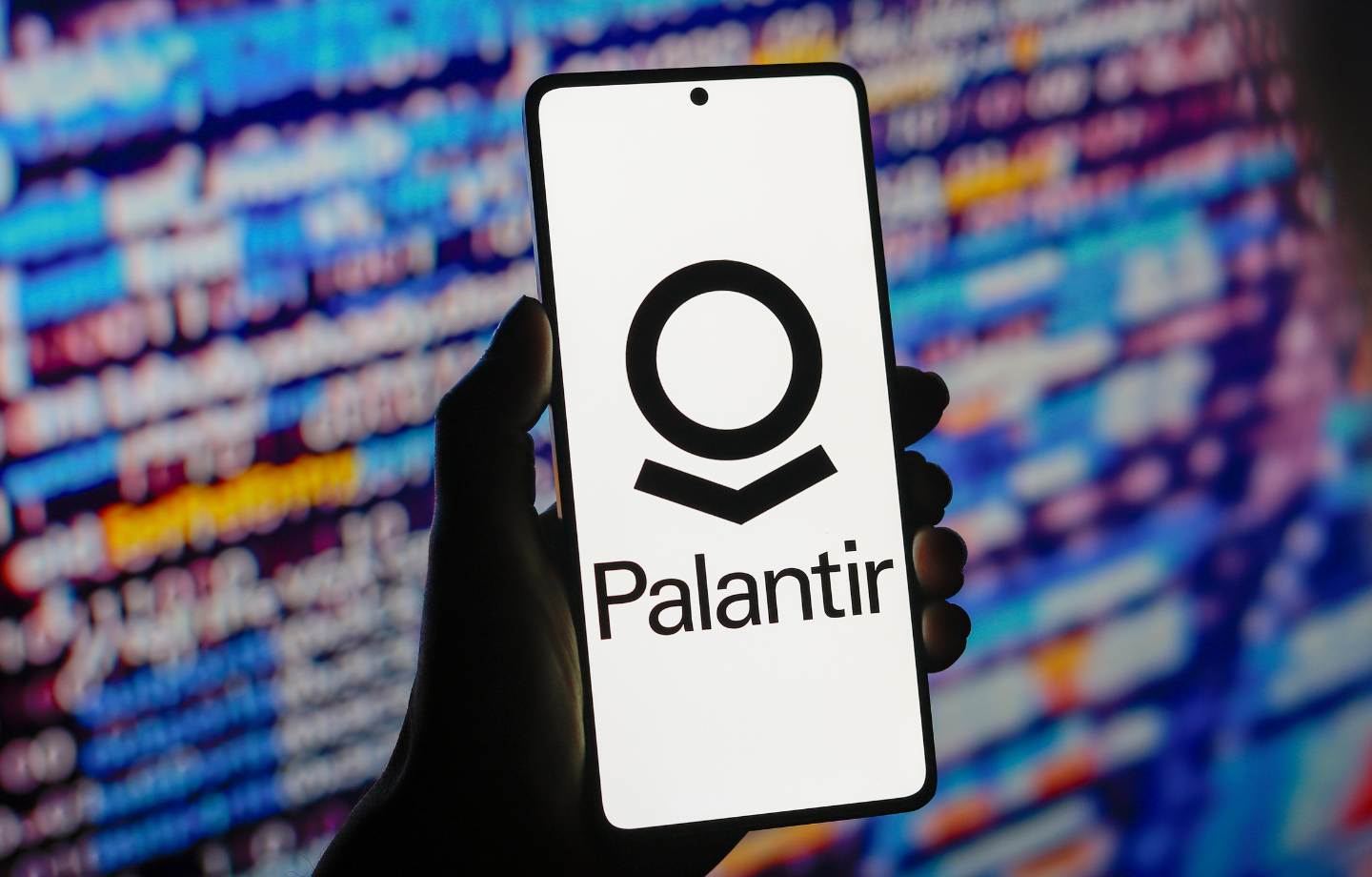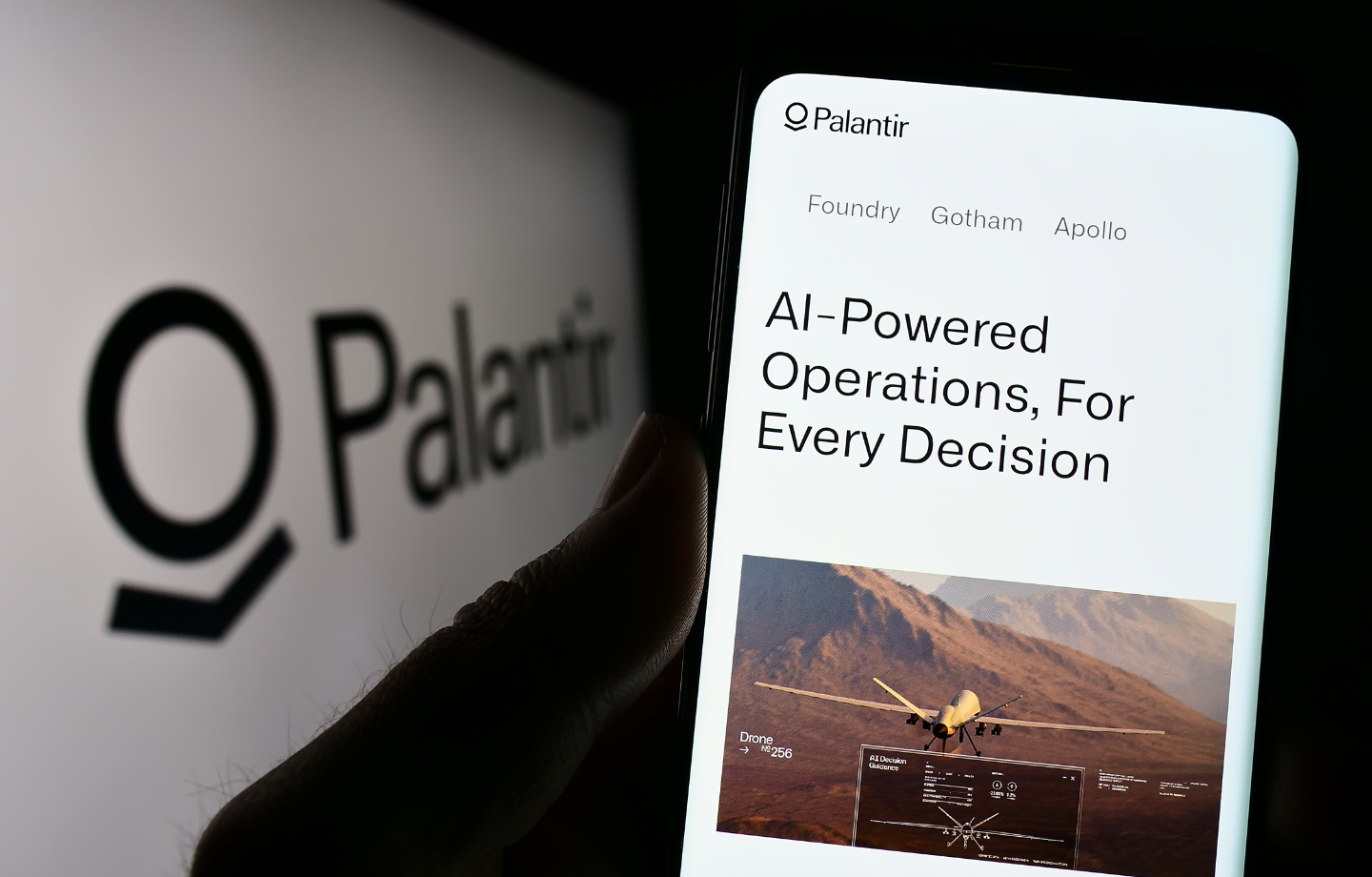Don’t View Google’s Project Astra Through Rose Colored Glasses

May 21, 2024
At its I/O conference on May 14, Google previewed a new generation of AI-powered “smart glasses” that can interpret one’s surroundings and provide insights in real time. The product sounds exciting, but there are reasons for caution.
The Google demo first showed a person scanning a room with a cellphone camera and asking the embedded AI assistant to answer questions about objects in view. Halfway through the demo, the person asks the AI assistant to find her misplaced glasses, which the AI assistant readily locates because it had been recording the scene all along. But the glasses are no ordinary pair of specs: They bring with them the AI and its seamless and omnipresent scanning.
This is not Google’s first attempt at popularizing 3D immersive wearable devices. In 2013, well before the idea of the “metaverse” gained traction, the company debuted Google Glass, a wearable camera-with-display that had embedded search engine capabilities blending digital objects with physical surroundings. But the company failed to get consumer interest in a clunky product that was widely viewed as privacy invasive. Two years later, Google announced it would shut down the project.
Fast-forward to 2024: Generative AI is sweeping the tech industry. Apple is injecting new life into the augmented reality market with its Vision Pro headset. And Google sees an opportunity to insert itself into the race with a product that merges AI and 3D immersive technologies.
But, while technology moves at breakneck speed, progress on addressing longstanding privacy concerns remains slow. Apple has made the biggest headway with its Vision Pro by protecting the headset wearer’s sensitive bodily data. But neither Apple nor Google (nor Meta, for that matter) has addressed the thorny question of how to protect the privacy of bystanders who are unwittingly caught in the AI’s ubiquitous field of view. Whether Google has an answer to this puzzle remains to be seen.
 Technology & Democracy
Technology & Democracy


